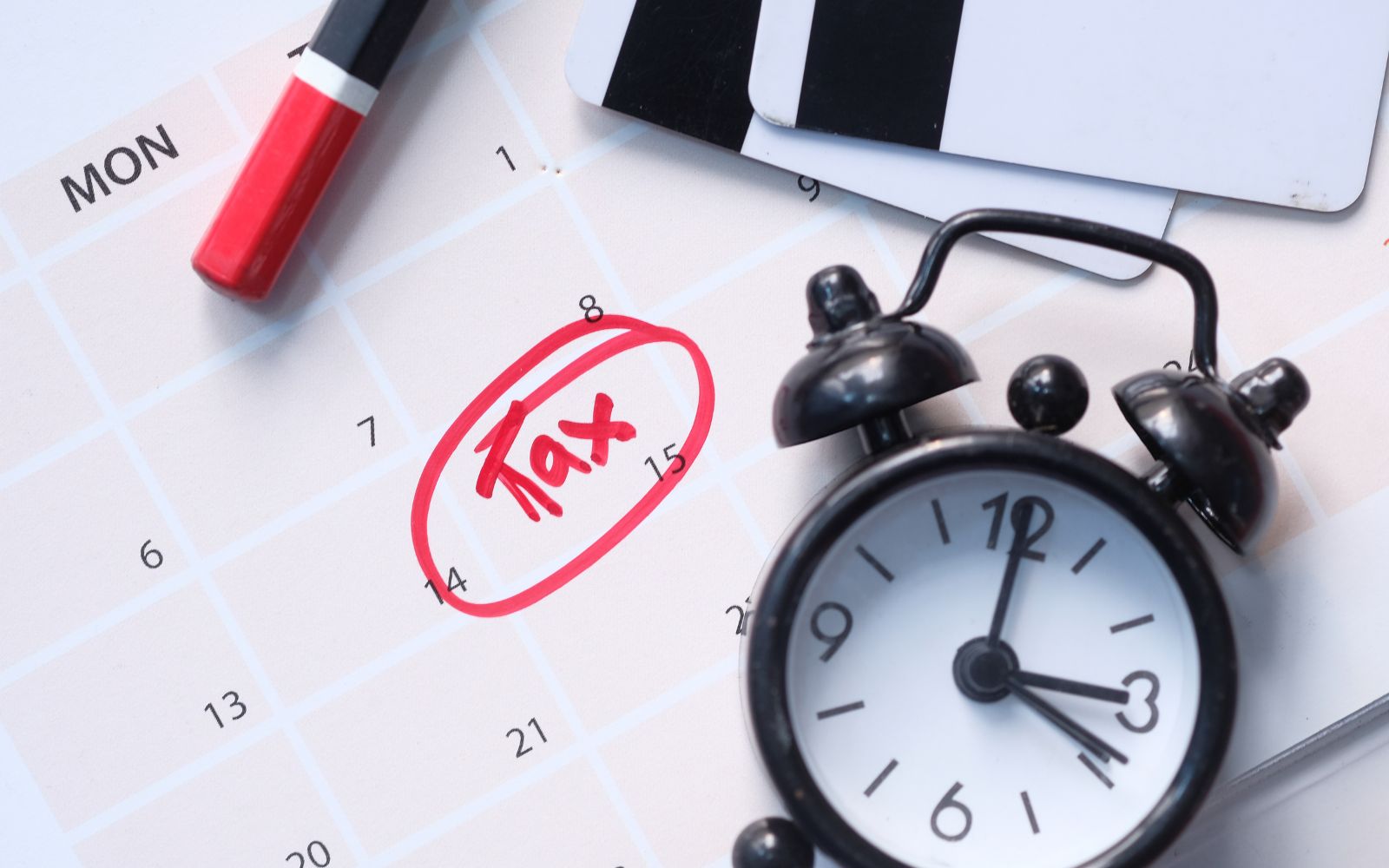Is VAT flat rate scheme worthwhile?

The VAT flat rate scheme is a simplified version that can save lots of work and time. Instead of finding out the VAT that you need to pay to HMRC by deducting input VAT from output VAT, you pay a fixed percentage of your VAT-inclusive turnover. That percentage depends on the nature of your business.
Who is eligible?
To be eligible to join VAT flat rate scheme you have to be a VAT registered business and expect your VAT taxable turnover to be £150,000 or less. This number is the total of everything you sell that is not exempt from VAT, exclusive of VAT.
Once you join this scheme, you have to leave if your turnover in the last 12 months was more than £230,000 including VAT, or if you expect your turnover in the next 30 days alone to be more than £230,000 including VAT. If you left the scheme in the last 12 months, you can’t re-join the scheme.
Finding out your VAT
Your flat rate percentage depends on the nature of your business. The percentages that apply to different business sectors can be found on the government website. The percentages allow for input VAT recovery and are less than the rate of VAT charged.
You also receive a discount of 1% from your flat-rate percentage for the first year that you are in the scheme. The VAT that your need to pay for a quarter is simply the fixed-rate percentage as applied to your VAT-inclusive turnover.
Limited cost businesses
Special rules apply to businesses that don’t buy many goods and are also known as limited cost businesses. These are businesses where goods are less than either 2% of turnover or £1,000 a year.
Limited cost businesses must use a higher rate of 16.5% to find out the VAT that they pay over to HMRC, regardless of the sector in which they operate.
Example
Rowena runs a beauty business. Her annual turnover (excluding VAT) is £90,000. In a particular VAT quarter, her VAT inclusive turnover is £32,400. The flat rate percentage for her sector – hairdressing and other beauty treatments – is 13%. Consequently, she must pay HMRC VAT of £4,212 for the quarter. She does not need to keep records of her input VAT or work out the difference between VAT charged and VAT suffered in the quarter.
Is the VAT flat rate scheme worthwhile?
This scheme will save work, but this may come at a cost if the amount that you would pay using the normal rules is less than the amount determined using the fixed-rate percentage. There is no substitute for doing the sums.
The flat rate percentage for limited cost businesses of 16.5% of VAT-inclusive turnover is equivalent to 19.8% of net turnover, leaving little margin for input VAT recovery as 99% of the VAT charged at 20% must be paid over to HMRC. This may be problematic for a business that spends little on goods but incurs VAT on services and items such as fuel and promotional items, which are excluded from the calculation. Again, to assess whether the scheme is worthwhile, there is no substitute for doing the sums.
The information available on this page is of a general nature and is not intended to provide specific advice to any individuals or entities. We work hard to ensure this information is accurate at the time of publishing, although there is no guarantee that such information is accurate at the time you read this. We recommend individuals and companies seek professional advice on their circumstances and matters.




